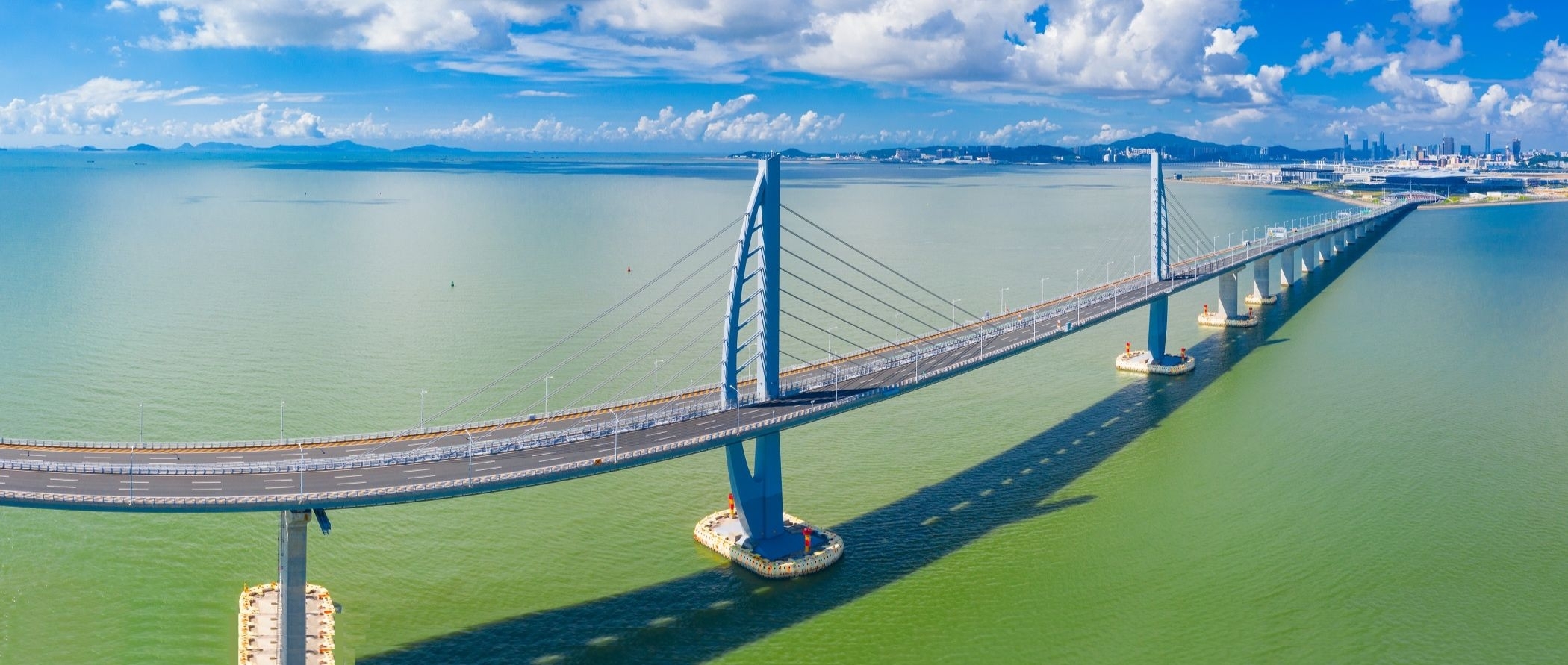Entrepreneurs critical in Hong Kong’s I&T drive
Start-ups are essential in Hong Kong’s drive towards becoming a global innovation and technology leader, and the Hong Kong Trade Development Council (HKTDC) is committed to nurturing start-ups, helping them upgrade and transform and explore business opportunities.
25 April 2024
Subscribe free e-newsletter
Latest on Asia business intelligence
Mobile-friendly design to read on the go
Customise your news by registering online
Learn about latest market updates and insights to empower your business.





